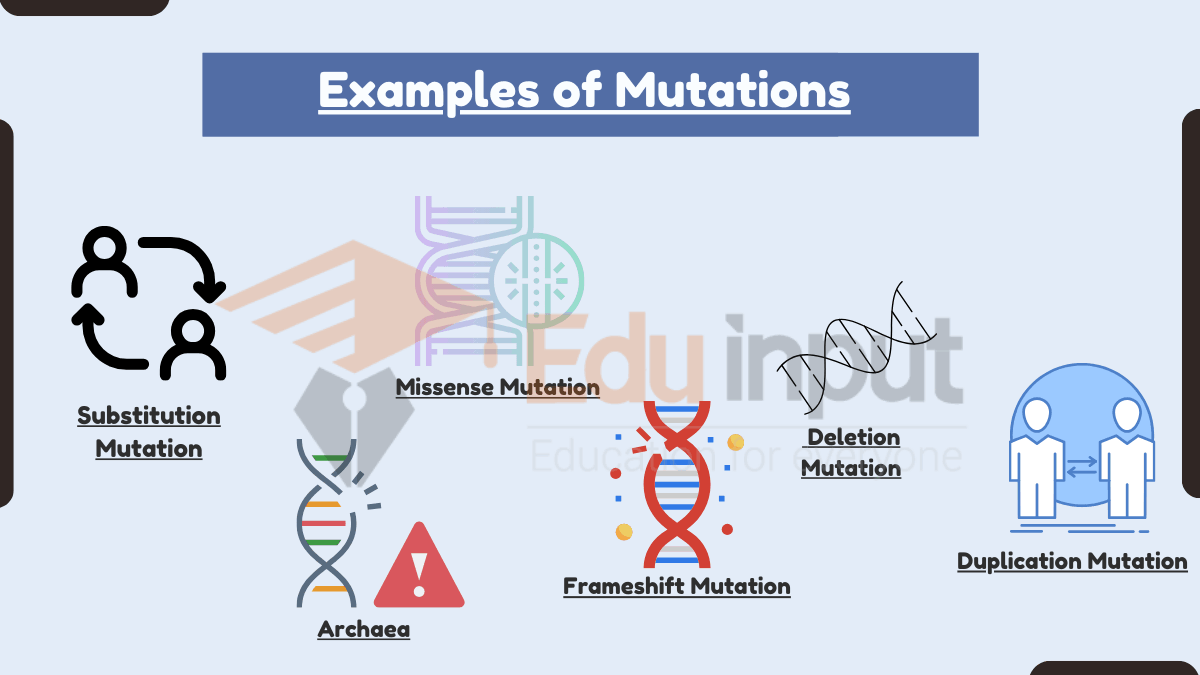Examples of Morphological Changes in Biology
Some examples of morphological changes in Biology include the development of wings in insects, the elongation of a plant’s stem, and the growth of a mammal’s antlers.
Morphological changes can be caused by a variety of factors, including natural selection, genetic drift, and mutation.
5 Examples of Morphological Changes
Here are few examples of morphological changes:
1. Evolution of Wings in Birds
Birds evolved from dinosaurs, and their wings are a result of a number of morphological changes, including the development of feathers, the lengthening of the forelimbs, and the fusion of some bones in the wrist.
These changes allowed birds to fly, which gave them a significant advantage over other animals.
2. Development of Antlers in Male Deer
Antlers are a type of antler bone that grows on the head of male deer. They are used for fighting over mates and for defending territory.
The size and shape of antlers can vary greatly, and they are a good example of how morphological changes can be used to compete for resources.
3. Evolution of Camouflage in Animal
Camouflage is a type of adaptation that allows animals to blend in with their surroundings.
This can help them to avoid predators or to catch prey. There are many different types of camouflage, including coloration, patterning, and shape.
4. Development of Spines In Plants
Spines are sharp, pointed structures that grow on some plants. They can be used to protect the plant from herbivores or to deter predators.
The size and shape of spines can vary greatly, and they are a good example of how morphological changes can be used to adapt to the environment.
5. Evolution of Human Brain
The human brain is the most complex organ in the body, and it has undergone a significant amount of morphological change over the course of human evolution.
These changes allow humans to develop complex cognitive abilities, such as language, problem-solving, and creativity.

 written by
written by 


Leave a Reply